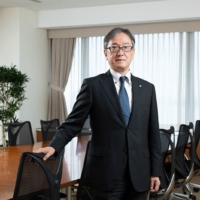Meta
Rei Sasaguchi
Sep 10, 2010
Jul 30, 2010
May 28, 2010
Mar 5, 2010
Jan 15, 2010
Nov 27, 2009
Aug 28, 2009
Jun 12, 2009
May 15, 2009
Mar 20, 2009
Dec 18, 2008
Sep 18, 2008
May 15, 2008
Mar 13, 2008
Dec 6, 2007
Sep 13, 2007

































